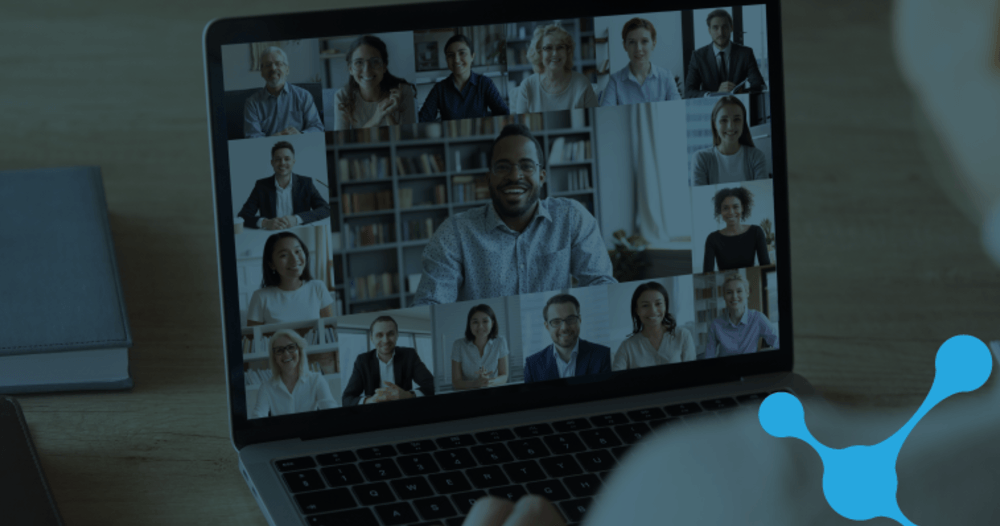Talenza Round Table, April Edition: Making Remote Environments Work

Our April roundtable was conducted remotely as you might have guessed, for reasons that hardly need repeating. It seemed fitting therefore that our panel of Sydney IT industry leaders should share knowledge and best practices on just that, making remote working environments work for your organisation. Topics ranged from effective techniques to ensure onboarding can still culturally assimilate new employees through to performance management and safeguarding employee mental health.
Remote Onboarding
Most Leaders currently don’t have the luxury of giving their new employees the show around and letting them soak up the atmosphere generated in a shared environment to get them energised and bought-in to their vision. In the absence of this, there are several practical steps outlined by our panel that a good quality remote onboarding process should consider.
- Standardised Checklist
Though each employee will have subtly different needs, creating a standardised checklist will provide a repeatable framework for all employees making sure that the essentials for completing the role effectively are all in place ahead of time.
- Visual Indicators
In your office, a new employee is likely surrounded by your brand, and by employees speaking the brand language. To help mirror this process in the home office environment ensure that alongside the fundamentals like laptops, screens and headsets, you also provide those ‘goodies such as branded pens, t-shirts, notepads and mugs,andthat they arrive on time.
- Progress and Checking-In
The feeling of progress is key for a new employee, it’s natural for them to feel some anxiety about whether they are or are not achieving in this new environment. Take the guesswork out of it the use of performance management tools such as Jira and check-in regularly with them, something as innocuous as asking their advice on a subject can go a long way.
Remote Team Management
The consensus on managing teams remotely was that each company’s culture is so individual that a variety of approaches have the potential to work. That being said several strong and easy to implement ideas did springboard from this section of the discussion.
- Continuity is key
The theme here was about creating that sense of business as usual, both from the point of view of allaying apprehensions and connecting to the new remote working culture to the way of life employees have been used to. Examples included continuing with any scheduled meetings and social rituals or converting gym membership perks into online PT sessions.
- The one-on-one
These meetings are more important than ever in the current circumstances. The feedback across many of the businesses represented in the discussion was that many will ‘suffer in silence’ rather than air any difficulties. Prepare for one-on-ones with an agenda sent to the employee ahead of time, with instructions for them to add to it.
- Digital ‘Office Hour’
Set an hour in the day when your digital door is open for your team to stop by for a general chat, or to ask something specific. Most of our panel elected to use their lunch hour for this. No pressure.
Safeguarding Employee Mental Health
Productivity tools might tell a leader how their team is performing, but without understanding and accounting for underlying mental health considerations, remote working can lead to gradual declines in employee wellbeing which may go unnoticed. Here are three ways to stay on top of this.
- Regulate working hours
Our panellists had noticed that many employees were spending more total hours at work, but were actually, less productive (there was an instance of a 16-hour workday given as a recent example). The fact of the matter is that this doesn’t benefit anyone, so it is about establishing and sticking to a plan whereby the day is limited to a repeatable pattern of work.
- An outside professional
A few organisations were providing free access to an offsite psychologist to provide that neutral sounding board and medical backed advice and feedback.
- Empathy
A word being thrown around at the moment, it is important to truly incorporate this into a remote leadership style. When you can build a holistic understanding of unique conditions facing each individual in your team, your advice will follow and you become more relatable. This reliability opens an extremely healthy channel of communication, meaning employees feel comfortable sharing problems with their leaders.
The roundtable and other initiatives like it that we run at Talenza are an extension of our commitment to providing true partnership and value add industry knowledge for some of Australia’s most innovative tech businesses. Contact us today to learn how we can connect your organisation with industry-leading tech talent.